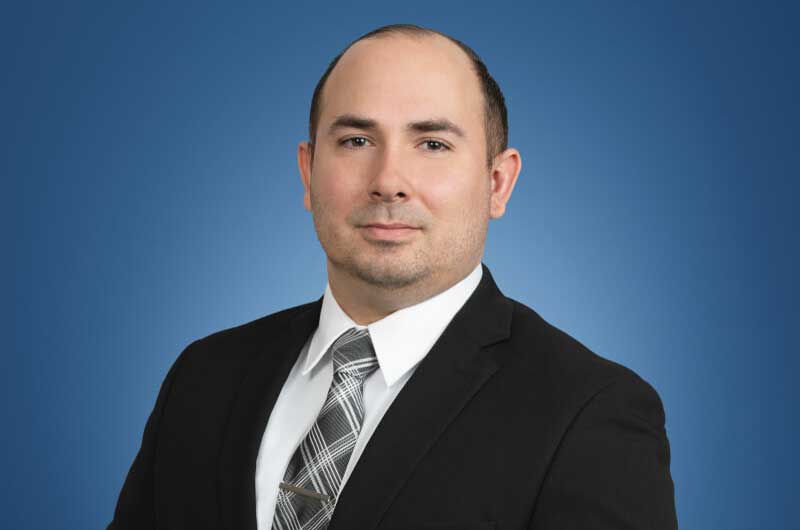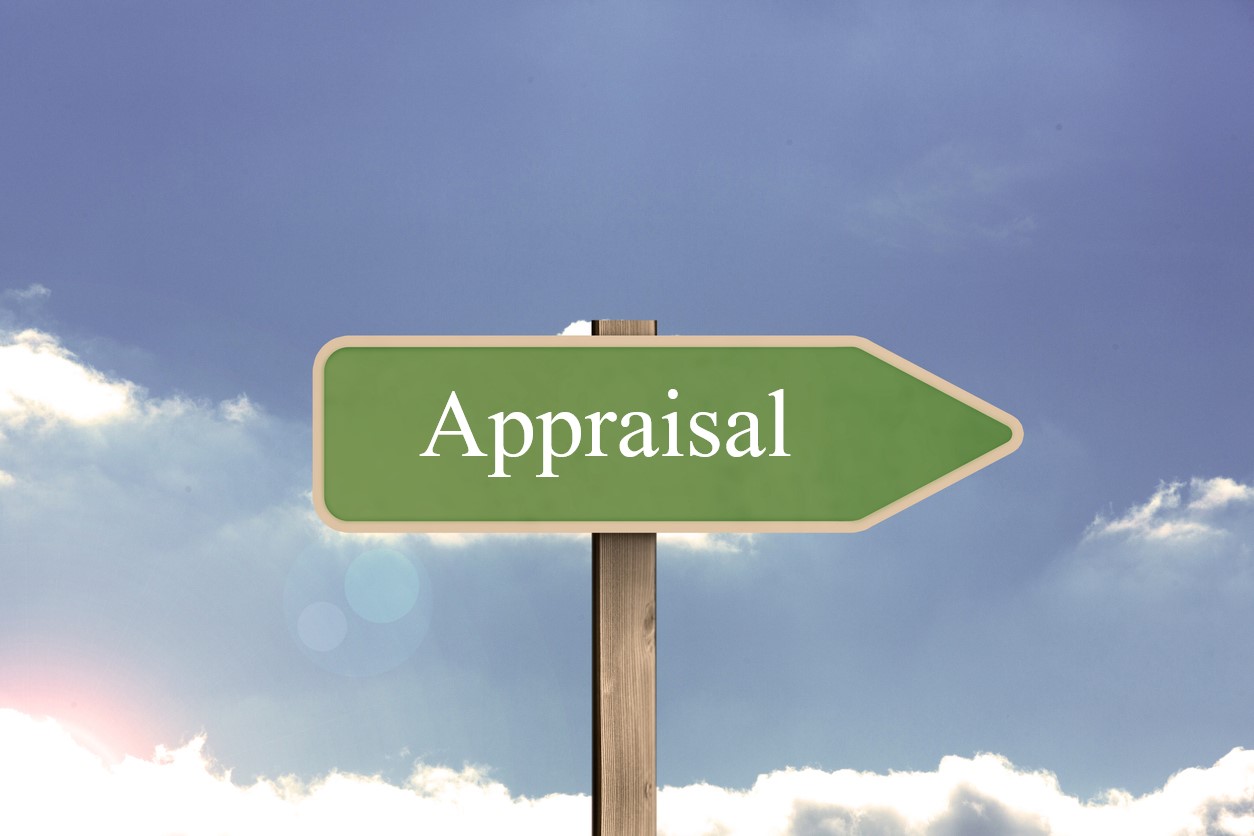In our practice we are often called upon to represent clients where their claim for ordinance and law coverage has been denied. This is because ordinance and law coverage is one of the most misunderstood and incorrectly interpreted policy provisions there is. Although, one of our attorneys, Robert T. Trautmann, has previously written on the DEB case in his post, Ordinance and Law Coverage in New Jersey, I recently researched what triggers ordinance or law coverage.
The New Jersey Appellate Court addressed this issue in DEB Associates v. Greater New York Mutual Insurance Company (DEB).1
DEB was a case of first impression and since it was decided in 2009, the DEB opinion has been cited over 40 times and remains the standard for determining Ordinance or Law Coverage.
In DEB, Plaintiff owned an eight-story building. A windstorm caused one of the walls on the seventh floor to collapse. During inspections, local code officials discovered that the wall, which had been constructed prior to changes to construction code (thus grandfathered) no longer complied with the new code. Further inspections “revealed that this was the case throughout the entire building, and that the walls were no longer securely attached to the flooring. In fact, the inspectors discovered that they could move the exterior walls outward simply by pushing on them. The collapse of the seventh floor wall coupled with the unstable condition of the remaining walls, led the municipal code official to conclude that the building would be unsafe unless it was brought up to current code standards. The carrier agreed to pay the repairs to the seventh floor but refused to cover the cost of bringing the rest of the walls into compliance with current code standards.
The DEB court began its analysis by looking at the express language of the policy, which was an ISO property insurance policy. The court noted that the carrier wrote the policy and in doing so it chose to use the broad language. The carrier could have excluded coverage for grandfathered buildings, but it chose not to do so. Finding no ambiguity in the policy, no prior code violations and no exclusions for grandfathered buildings, the court found that the insured was entitled to costs of complying with the current code.
Due to the lack of precedent in New Jersey, the court looked at cases from other jurisdictions where courts found that insureds are entitled to coverage when repairs to undamaged property trigger the requirements imposed by an ordinance or law. The court analogized DEB’s position to that of the plaintiff in Regents of Mercersburg College v. Republic Franklin Insurance.2 There the court found that:
[The] scope of the repairs to the building triggered the requirements of the Americans With Disabilities Act (ADA), … [thus] the court held that the insured was entitled to coverage for ADA-mandated improvements even to undamaged portions of the building, if the requirements were triggered by the repairs.”
The Regent court found that the plain language of the Ordinance and Law Endorsement covered Regents’ costs of complying with the ADA because “the ADA-a law in force at the time of the fire-regulated the alterations to [the building] … after the fire.”
It is important to note that the DEB court rejected that an insured is entitled to any contemporaneous improvements. Rather, the court applied the proximate cause test to determine coverage and found that
[T]here is a clear causal connection between the collapse of the seventh floor wall and the code official’s mandate that plaintiff bring the remaining floors into compliance to prevent them from collapsing.
In other words, but for the windstorm, the wall on the seventh floor would not have collapsed and the repairs of the remaining walls would not have been required. In essence, the proximate cause test for determining coverage states:
Where a peril specifically insured against sets other causes in motion which, in an unbroken sequence and connection between the act and final loss, produced the result for which recovery is sought, the insured peril is regarded as the proximate cause of the entire loss.3
In summary, DEB stands for the proposition that an insured is entitled to ordinance or law coverage provided there is a nexus/direct-connection between the covered damage and the required repairs to the undamaged property, and repairs to undamaged portions of a building are mandated by code, ordinance, or law, in force at the time of a covered loss.
1 DEB Associates v. Greater New York Mut. Ins. Co., 407 N.J.Super. 287. (App. Div. 2009).
2 Regents of Mercersburg College v. Republic Franklin Ins., 458 F.3d. 159 (3d Cir.2006).
3 5 Appleman on Insurance § 3083, at 309-11 (1970).




